Smartphones have become an essential part of our daily lives. They have revolutionized the way we communicate, work, and entertain ourselves. Here are some reasons why smartphones are so important in our daily lives:
- Communication: Smartphones allow us to stay connected with our friends, family, and colleagues, no matter where we are. We can make calls, send texts, emails, and even video chat with people around the world.
- Productivity: Smartphones have made it easier to stay productive while on the go. We can access emails, calendars, and work-related apps, making it possible to work from anywhere.
- Entertainment: Smartphones are a great source of entertainment. We can watch movies, listen to music, play games, and browse social media.
- Navigation: Smartphones come with built-in GPS, making it easier to navigate through unfamiliar places. We can get directions, find nearby restaurants, and discover new places to visit.
- Information: Smartphones provide access to a vast amount of information at our fingertips. We can search for information on anything, from news articles to recipes to DIY tutorials.
Overall, smartphones have become an integral part of our daily lives, and it is hard to imagine our lives without them.
This blog will discuss the importance of these accessories, their benefits, and the different types available in the market. By the end of this blog, readers will have a better understanding of the essential accessories that every smartphone user should have and how they can improve their overall smartphone experience.
Table of Contents
List of Essential Accessories
1. Phone Case
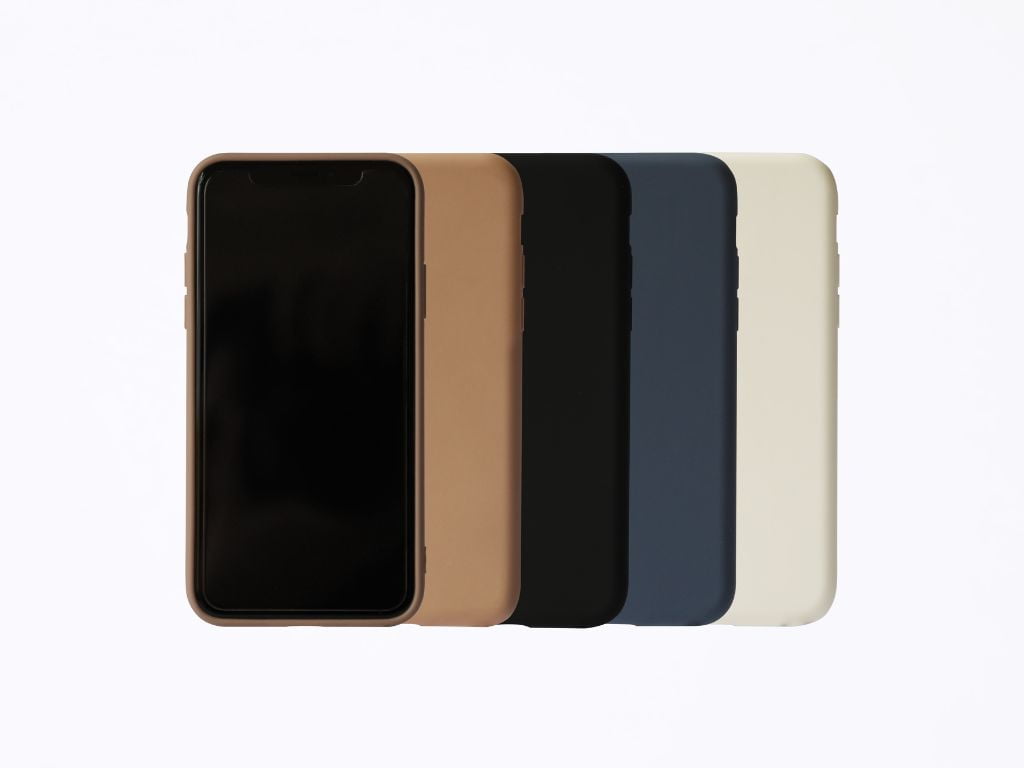
A phone case is an essential accessory for any smartphone user. Here are some reasons why a phone case is important:
- Protection: A phone case provides protection against accidental drops, bumps, and scratches. Smartphones are expensive devices, and repairing them can be costly. A phone case acts as a barrier between the phone and the outside world, minimizing the risk of damage.
- Style: Phone cases come in a variety of colors, designs, and materials, allowing users to customize their phone’s appearance. A phone case can add a personal touch to the device and reflect the user’s style and personality.
- Grip: Some smartphones can be slippery, making them challenging to hold. A phone case can provide a better grip, making it easier to hold the phone securely.
- Resale Value: A phone case can help maintain the phone’s appearance, preventing scratches and dents. When it comes time to sell or trade in the phone, a well-maintained device with a phone case will have a higher resale value.
Overall, a phone case is an important accessory that can protect the phone from damage, provide a better grip, enhance the phone’s appearance, and increase its resale value.
Different Types of Phone Cases
There are many different types of phone cases available in the market, each with its own unique features and benefits. Here are some of the most common types of phone cases:
- Hard Plastic Cases: These cases are made of hard plastic and offer excellent protection against scratches and bumps. They are lightweight and durable but may not provide much shock absorption.
- Silicone Cases: These cases are made of soft, flexible silicone material that absorbs shock and provides good grip. They are lightweight and come in a variety of colors and designs.
- Leather Cases: These cases are made of high-quality leather and offer a classic and sophisticated look. They provide good protection against scratches and bumps and can be a bit more expensive than other types of cases.
- Wallet Cases: These cases are designed to hold the phone and have slots for credit cards and cash. They provide excellent protection and can be a convenient all-in-one solution for carrying essentials.
- Battery Cases: These cases have a built-in battery that can provide extra power to the phone when it’s running low. They are convenient for heavy phone users who may not have access to a power source for extended periods.
- Waterproof Cases: These cases are designed to protect the phone from water damage and are ideal for those who use their phone in wet environments, such as at the beach or by the pool.
2. Screen Protector
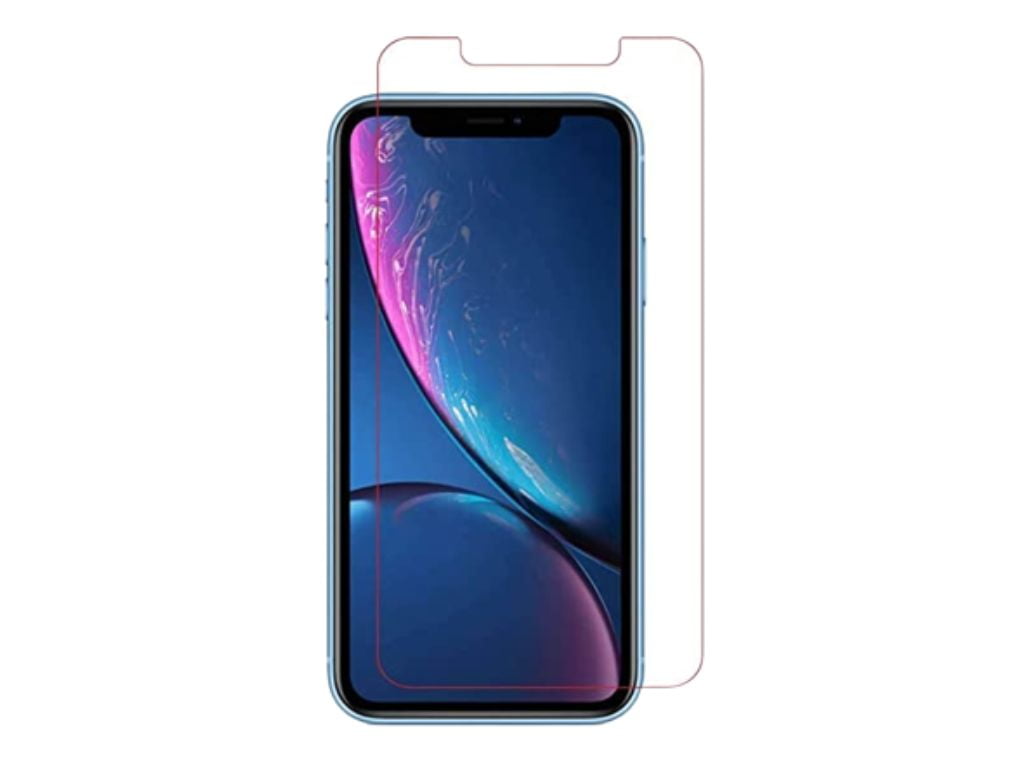
A screen protector is an essential accessory for any smartphone user. Here are some reasons why a screen protector is important:
- Protection: A screen protector provides an additional layer of protection for the phone’s screen. It can protect against scratches, cracks, and other types of damage that can occur from everyday use.
- Clarity: Screen protectors are made of high-quality materials that are designed to be clear and transparent. They can enhance the clarity of the screen, making it easier to read and view content.
- Resale Value: A phone with a well-maintained screen will have a higher resale value than a phone with scratches and cracks. A screen protector can help maintain the phone’s appearance and prevent damage to the screen.
- Cost-Effective: Repairing or replacing a damaged phone screen can be expensive. A screen protector is a cost-effective way to protect the screen from damage and minimize the risk of costly repairs.
- Easy to Install: Screen protectors are easy to install and can be done at home without the need for professional help. Many screen protectors come with instructions and tools to make installation simple and hassle-free.
Different Types of Screen Protectors
There are several types of screen protectors available in the market, each with its own unique features and benefits. Here are some of the most common types of screen protectors:
- Tempered Glass Screen Protectors: These screen protectors are made of high-quality tempered glass that provides excellent protection against scratches, cracks, and other types of damage. They are also easy to install and provide good clarity and touchscreen sensitivity.
- PET Film Screen Protectors: PET Film screen protectors are made of a thin, flexible plastic material that adheres to the screen. They are lightweight, easy to install, and provide good protection against scratches and minor damage.
- Liquid Screen Protectors: Liquid screen protectors are a newer type of screen protector that uses a liquid solution to create a protective layer on the screen. They are easy to apply, offer good protection against scratches, and do not affect the phone’s touchscreen sensitivity.
- Anti-Glare Screen Protectors: Anti-glare screen protectors are designed to reduce glare and reflections on the screen, making it easier to view the screen in bright light. They are also effective at reducing fingerprints and smudges on the screen.
- Privacy Screen Protectors: Privacy screen protectors are designed to prevent others from viewing the screen from certain angles. They are ideal for users who want to keep their screen content private in public places.
3. Portable Charger
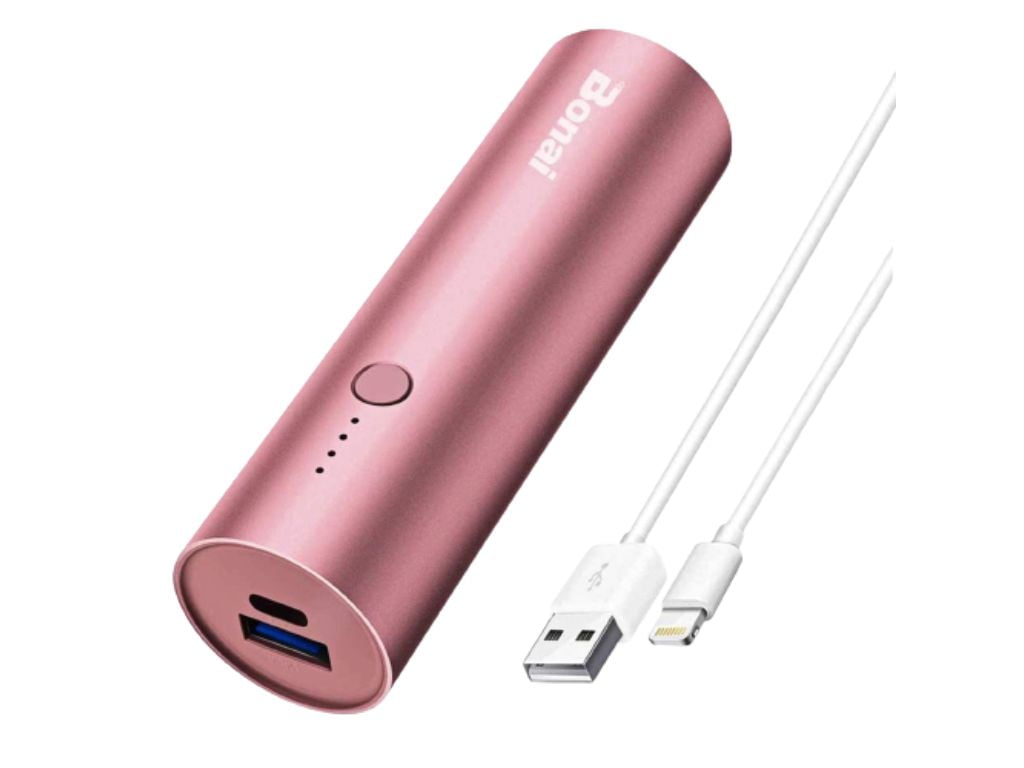
A portable charger, also known as a power bank, is an essential accessory for any smartphone user. Here are some reasons why a portable charger is important:
- Convenience: A portable charger allows you to charge your phone on the go, wherever you are. It provides a convenient and reliable source of power when you need it most.
- Battery Life: Most smartphones have a limited battery life, especially if you use them heavily. A portable charger can extend your phone’s battery life, allowing you to use it for longer periods without worrying about running out of battery.
- Emergency Power: A portable charger can be a lifesaver in emergencies, such as when you’re traveling, and your phone battery dies. It can help you stay connected and safe by ensuring that your phone is always powered up.
- Cost-Effective: A portable charger is a cost-effective way to ensure that your phone always has power. It’s much cheaper than replacing a phone with a faulty battery or paying for expensive repairs.
- Compatibility: Portable chargers are compatible with a wide range of devices, including smartphones, tablets, and other portable devices. They can be used to charge multiple devices, making them an essential accessory for anyone who travels or uses multiple devices.
Different Types of Portable Chargers
There are several types of portable chargers available, including:
- Pocket-sized chargers: These are small, lightweight chargers that are easy to carry around in your pocket or purse. They are ideal for short trips or when you need a quick charge.
- Slim chargers: Slim chargers are slightly larger than pocket-sized chargers but are still relatively compact. They can provide multiple charges to your phone and are perfect for longer trips.
- High-capacity chargers: High-capacity chargers can provide multiple charges to your phone and are ideal for extended trips or for those who use their phone heavily throughout the day. They come in various sizes and can provide anywhere from 5,000mAh to 20,000mAh of power.
- Solar chargers: Solar chargers are a great option for those who spend a lot of time outdoors or in areas without access to power. They use solar panels to convert sunlight into electricity, which can then be used to charge your phone.
- Wireless chargers: Wireless chargers allow you to charge your phone without the need for a cable. They use wireless charging technology to charge your phone when it is placed on the charging pad.
- Quick Charge chargers: Quick Charge chargers use advanced technology to charge your phone quickly. They are compatible with phones that support Quick Charge technology and can charge your phone up to four times faster than a standard charger.
4. Headphones or Earbuds
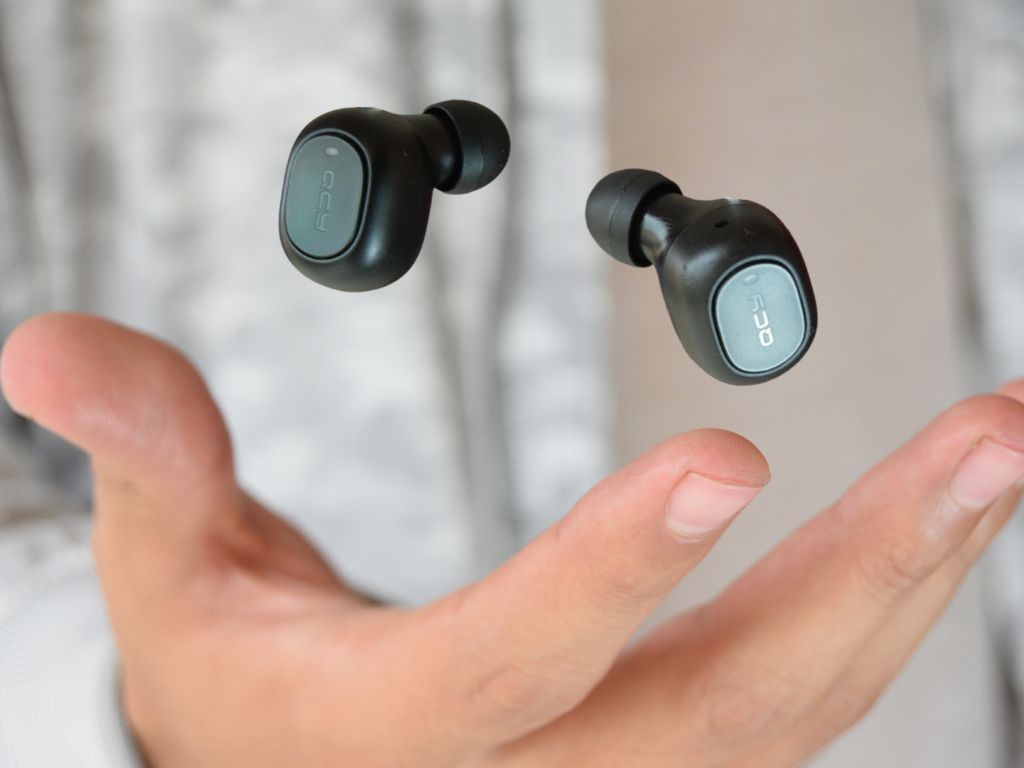
Headphones or earbuds are an important accessory for smartphone users because they allow you to enjoy music, podcasts, audiobooks, and other audio content without disturbing others around you. They also provide a more immersive audio experience compared to the speakers built into your phone.
In addition to providing a better audio experience, headphones or earbuds also have other benefits, such as:
- Privacy: Headphones or earbuds provide a level of privacy when you’re listening to audio content in public. This is especially important if you’re listening to personal or sensitive content that you don’t want others around you to hear.
- Noise cancellation: Some headphones or earbuds come with noise-cancellation technology, which can block out background noise and improve the quality of your listening experience.
- Hands-free calling: Many headphones or earbuds come with a built-in microphone, which allows you to make hands-free phone calls. This is especially useful when you’re driving or otherwise unable to hold your phone.
- Comfort: Headphones or earbuds can be more comfortable to wear for extended periods compared to holding your phone up to your ear. This is especially important if you’re using your phone for long phone calls, listening to music or other audio content for an extended period, or using your phone for other tasks that require you to be on the phone for a while.
- Better sound quality: High-quality headphones or earbuds can provide a much better listening experience compared to the speakers built into your phone. They can produce richer, clearer, and more detailed sound, which can make a big difference if you’re listening to music, watching videos, or playing games on your phone.
Different Types of Headphones and Earbuds
There are several types of headphones and earbuds available in the market, each with their own unique features and benefits. Here are some of the most popular types:
- Over-ear headphones: These are headphones that completely cover your ears and provide excellent sound quality and noise isolation. They are suitable for home or office use, and are often used by professionals in the audio and music industry.
- On-ear headphones: These are headphones that rest on your ears and provide a comfortable fit. They are more portable compared to over-ear headphones, and are great for commuting, traveling, or working out.
- In-ear headphones: Also known as earbuds, these are small headphones that fit inside your ear canal. They are highly portable, lightweight, and provide a secure fit. They are suitable for use during exercise or other physical activities.
- True wireless earbuds: These are a type of in-ear headphones that are completely wireless and do not have any cables or wires connecting the two earbuds. They are highly portable, easy to use, and are great for people who want maximum freedom of movement.
- Noise-cancelling headphones: These are headphones that use advanced technology to actively cancel out external noise, providing a more immersive listening experience. They are great for use in noisy environments, such as planes or trains.
- Sports headphones: These are headphones that are designed specifically for use during sports or other physical activities. They are sweat-resistant, lightweight, and provide a secure fit to prevent them from falling out during exercise.
Overall, the type of headphones or earbuds you choose will depend on your specific needs and preferences. If you’re looking for high-quality sound and noise isolation, over-ear headphones might be a good choice. If you need something highly portable and comfortable for everyday use, in-ear headphones or true wireless earbuds might be a better option. And if you’re an athlete or frequently exercise, sports headphones might be the right choice for you.
5. Car Mount
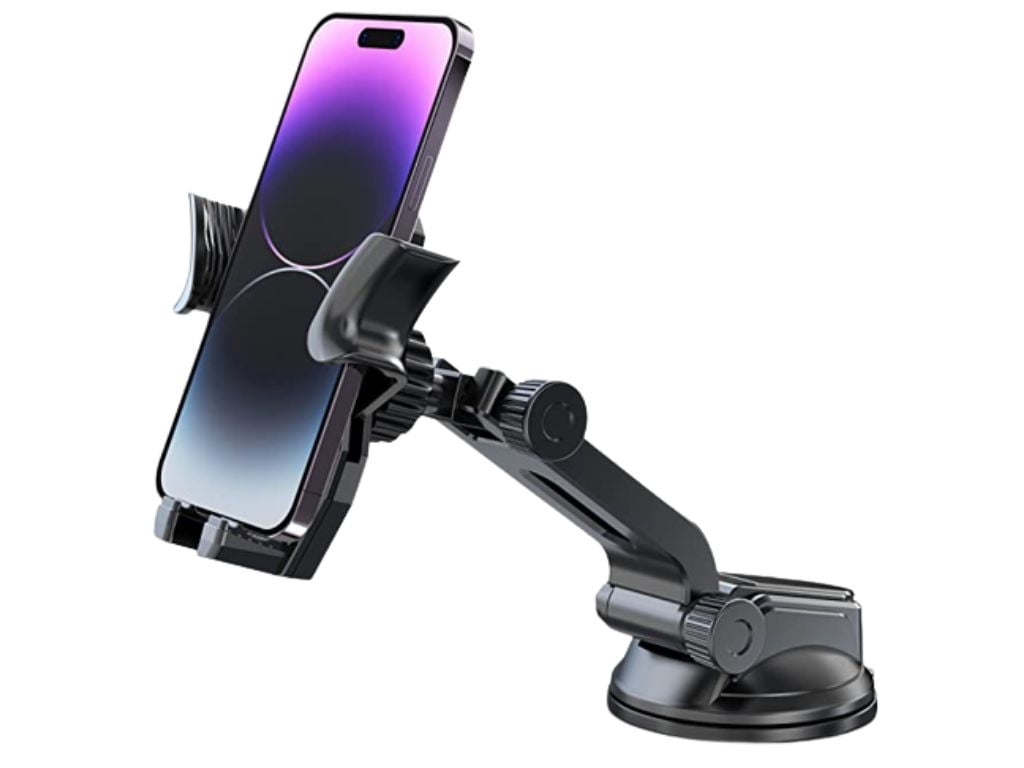
A car mount is a device that holds your smartphone securely in place while you’re driving. It’s an important accessory for smartphone users who frequently use their phones for navigation or hands-free calling while on the road.
Here are some of the benefits of using a car mount:
- Improved safety: Using a car mount allows you to keep your hands on the wheel and your eyes on the road while using your phone for navigation or hands-free calling. This can help reduce distractions and improve your safety while driving.
- Convenience: A car mount makes it easy to access your phone while driving without having to take your eyes off the road. You can quickly and easily see navigation directions or incoming calls without having to fumble with your phone.
- Reduced risk of damage: Placing your phone in a car mount reduces the risk of damage to your phone caused by it sliding around or falling off your dashboard or seat. A car mount securely holds your phone in place and protects it from bumps and jolts while driving.
- Better reception: A car mount can also improve your phone’s reception while you’re driving. By keeping your phone in a fixed position, it can help prevent dropped calls or poor signal quality caused by your phone moving around.
- Legal compliance: In many countries, using a phone while driving is illegal. A car mount allows you to use your phone hands-free, which can help you comply with local laws and regulations.
Different Types of Car Mounts
There are several types of car mounts available in the market, each with their own unique features and benefits. Here are some of the most popular types:
- Dashboard mount: This type of mount attaches to your car’s dashboard using an adhesive pad or suction cup. It provides a stable and secure platform for your phone and is ideal for people who prefer to keep their phone within easy reach.
- Air vent mount: This type of mount clips onto the air vent in your car and holds your phone securely in place. It’s easy to install and doesn’t take up much space, making it a great option for people who have limited dashboard space.
- CD slot mount: This type of mount fits into your car’s CD slot and holds your phone securely in place. It’s a great option for people who don’t use their car’s CD player and want to make use of the space.
- Cup holder mount: This type of mount sits inside your car’s cup holder and holds your phone in place. It’s a great option for people who want to keep their phone close by but don’t want it to take up dashboard or vent space.
- Magnetic mount: This type of mount uses magnets to hold your phone in place. It’s easy to install and doesn’t require any clips or cradles. However, you’ll need to attach a magnetic plate to your phone or phone case for it to work.
- Wireless charging mount: This type of mount not only holds your phone in place but also charges it wirelessly. It’s a great option for people who want to keep their phone charged while using it for navigation or hands-free calling.
6. Pop Socket
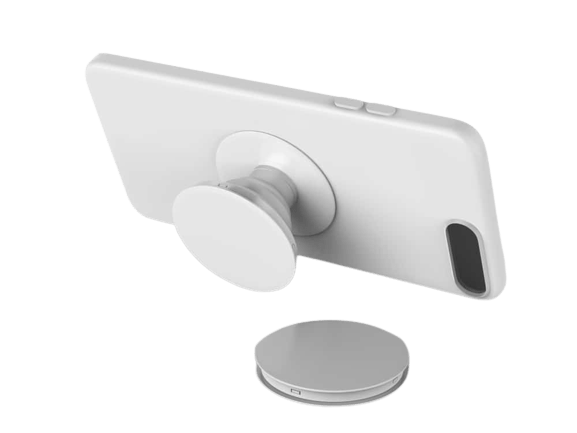
A pop socket is a small, circular or square-shaped accessory that attaches to the back of your phone. It can be extended or collapsed, allowing you to use it as a grip or a stand for your phone. Here are some of the benefits of using a pop socket:
- Improved grip: A pop socket makes it easier to grip your phone securely, reducing the risk of dropping it. This is especially important for larger phones, which can be more difficult to hold with one hand.
- Stand functionality: A pop socket can also be used as a stand, allowing you to prop your phone up at a comfortable viewing angle for watching videos or making video calls.
- Customization: Pop sockets come in a wide variety of designs, colors, and patterns, allowing you to customize the look of your phone and express your personal style.
- Compatibility: Pop sockets are compatible with a wide variety of phone cases and can be easily removed and repositioned if needed.
- Reduced strain: Using a pop socket can also help reduce the strain on your hand and wrist while holding your phone for extended periods of time.
Different Types of Pop Sockets
There are several different types of pop sockets available in the market, each with their own unique features and benefits. Here are some of the most popular types:
- Classic pop socket: The classic pop socket is a simple, round or square-shaped accessory that attaches to the back of your phone. It can be expanded or collapsed to provide a grip or a stand for your phone.
- Swappable pop socket: A swappable pop socket is similar to a classic pop socket, but it can be easily removed and swapped out for a different design. This is a great option for people who like to switch up the look of their phone frequently.
- Pop wallet: A pop wallet is a pop socket with an attached wallet compartment that can hold cards and cash. This is a great option for people who prefer to carry their phone and wallet together.
- Pop grip: A pop grip is a pop socket with an extended grip that provides even more stability and support while holding your phone. This is a great option for people with larger phones or for those who want extra security while using their phone.
- Pop mount: A pop mount is a pop socket that attaches to a car mount or other type of mount, providing a secure and stable platform for your phone while driving.
- Pop chain: A pop chain is a pop socket with a chain attached, allowing you to wear your phone as a necklace or attach it to your bag or backpack.
Overall, the type of pop socket you choose will depend on your specific needs and preferences. If you want a simple and classic design, a classic pop socket might be a good option. If you like to change up the look of your phone frequently, a swappable pop socket might be a better choice. And if you need additional functionality, such as a wallet or grip, there are several other types of pop sockets available to choose from.
Conclusion
In conclusion, essential accessories like phone cases, screen protectors, portable chargers, headphones or earbuds, car mounts, and pop sockets are all significant for smartphone users. These accessories not only protect your device from damage but also enhance its functionality and usability. A phone case and screen protector protect your phone from scratches, cracks, and other damage that can result from drops or accidents. A portable charger ensures that you never run out of battery power while on the go, and headphones or earbuds allow you to enjoy music, podcasts, and phone calls with high-quality sound. A car mount provides a safe and convenient way to use your phone while driving, and a pop socket improves your grip and provides a stand for your phone. By investing in these essential accessories, you can get the most out of your smartphone and keep it in good condition for years to come.
You May Interested In:
Smart Home Automation with Arduino: Unleashing the Future
How to Select the Right Multiple Conductor Cables in 2024: A Comprehensive Guide
The Future of Pressure Sensors Advancements and Applications